Most American trains do not have cabooses anymore because of the invention of the End of Train Device (EOT), which performs the same tasks as crews assigned on cabooses except for the detection of hot axles. Many companies were reducing crews because of the EOT and, therefore, made cabooses unnecessary.
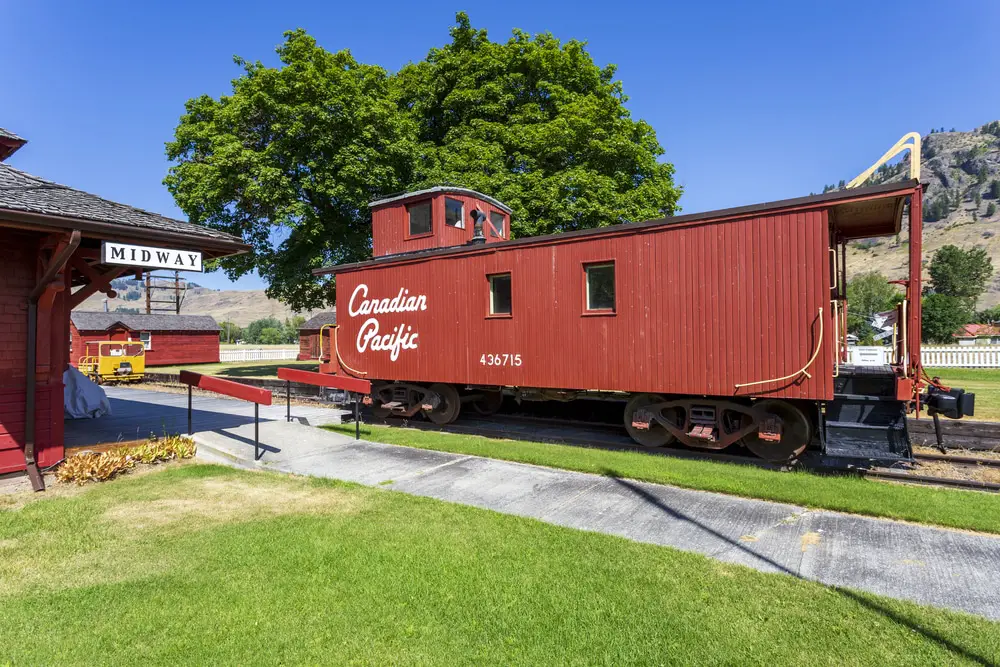
Have you ever wondered what happened to the bright red caboose on the rear of mainline trains? When we see trains passing by, we always wait for the caboose to appear, which signals the end of the train.
Sadly, you rarely see cabooses, so why don’t trains have cabooses anymore?
Although you won’t find any cabooses on mainline trains anymore, they are still being used , firstly during yard switching situations.
Secondly, when a train needs to go backward for an extended period of time, and the engineer needs somebody to stay at the rear of the train to monitor the situation of the freight cars.
However, even on these occasions, many companies now prefer to use a second engine for this task.
What is The Purpose of a Caboose on a Train?
Cabooses were introduced and used by almost all trains during the 1830s.
The caboose has two purposes. The first is to detect any defects such as overheating axles, flatcars, and other hazardous incidents that may occur.
The second is to act as a command center where the conductor can see and monitor the entire train.
The Caboose Acts as a Command Center
In the early stages of cabooses, they were only built just like a cabin on a flat car to house the crew while they cook, slept, or did other work.
However, as its use has evolved through time, so has its overall structure.
The Caboose was then built with a platform on separate cars on either end of the structure. There was also a cupola on top of the platform to serve as a lookout tower for the crews.
This is where the conductor can view the entire train and monitor any defects.
Before the air brake system was invented, brakemen had to apply the brakes on each train manually. Above the lookout tower of the cabooses, the conductor could ensure that all men could apply the brakes correctly.
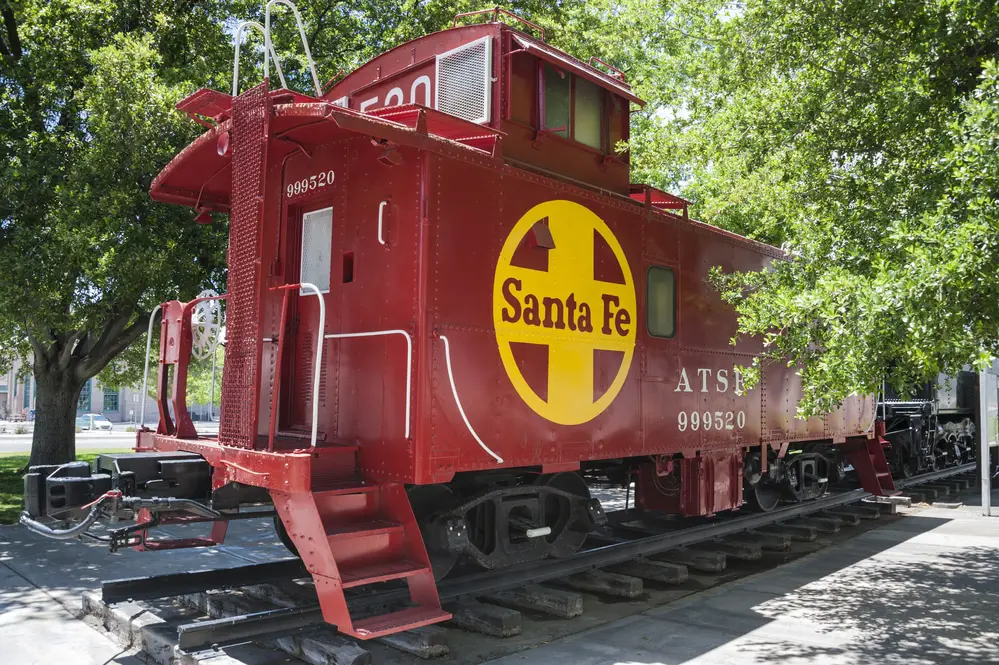
Different Kinds of Cabooses
Two kinds of cabooses were used during the 1890s and 1900s.
The first is the Cupola caboose which was first introduced in the late 1890s, where it initially provided the conductor with better visibility for them to see the entire train.
However, during the 1920s, railcars were built taller to accommodate better the goods being transported, which made viewing for the conductor challenging.
During this time, the bay window caboose was introduced, which showcased two windows on either side of the caboose to provide better viewing.
Another kind of caboose was the transfer caboose which was built as a closed terminal. This had a more straightforward and smaller design that included a desk for the paperwork of the conductor.
This type of caboose had larger decks on both sides to assist better when crews were switching cars.
Although these two kinds of cabooses were effective during their time, they still had several drawbacks. The conductor had to use the caboose as a mobile apartment that was solely assigned to him.
However, this complicated the train’s assembling process.
Oftentimes, having the conductor on the caboose made it difficult for him to contact their engineering crew. The railroad company also had to shoulder the additional cost to hire another person to look at the end of the train.
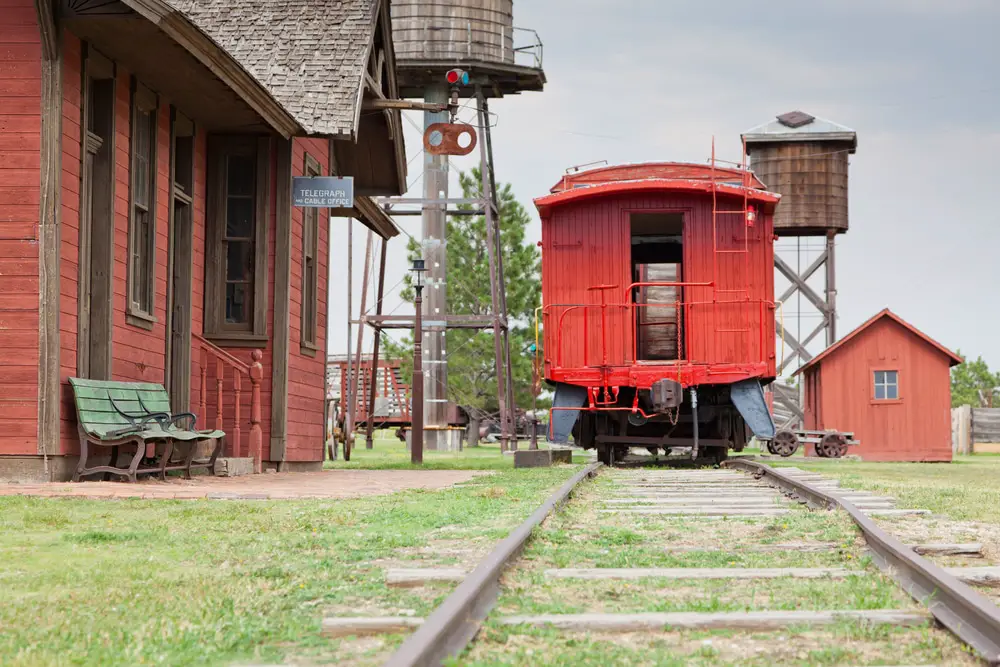
Why Don’t Trains Have Cabooses Anymore?
For several decades, cabooses were seen on almost every railroad in America. But, because of economic necessity and the need for cost-efficiency, this part of the train was slowly replaced.
What was the caboose replaced with?
The “End of Train Device” is most commonly known as the EOT.
The EOT technology is cheaper compared to using caboose, and it also accomplishes almost everything that cabooses are used for.
There were also concerns when it came to the safety and comfort of the crew members when using a caboose. Any concerns are nonexistent with an EOT.
Crew Safety
There were risks to the safety of the crew; one notable one was Slack action. This typically occurs when the train starts moving and the couplings begin clanging together.
When this happens, the crew inside the caboose can be thrown around violently, which often results in injuries.
Structural Integrity
In the past, cabooses were made from wood. Although cheap and quick to build, they would get destroyed when there were rear-end collision incidents.
After several years, many companies sorted to build cabooses with steel and attach metal bracings for better reinforcement. They were also able to install modern amenities such as electricity and heat.
When Did Trains Stop Using Cabooses?
After well over one hundred years, the cabooses were phased out on almost every mainline freight train. This was also when the end of train device (EOT) was introduced.
Upon introduction, the EOT proved its worth very quickly and instantly became considered standard railroad equipment.
Many different technological advancements were then established, including defect detectors and remote switching. These technological advancements reduced a company’s operating cost and increased the accuracy of the equipment.
With the EOT performing all the key responsibilities of the cabooses with little to no additional manpower, almost all railway companies stopped using cabooses.
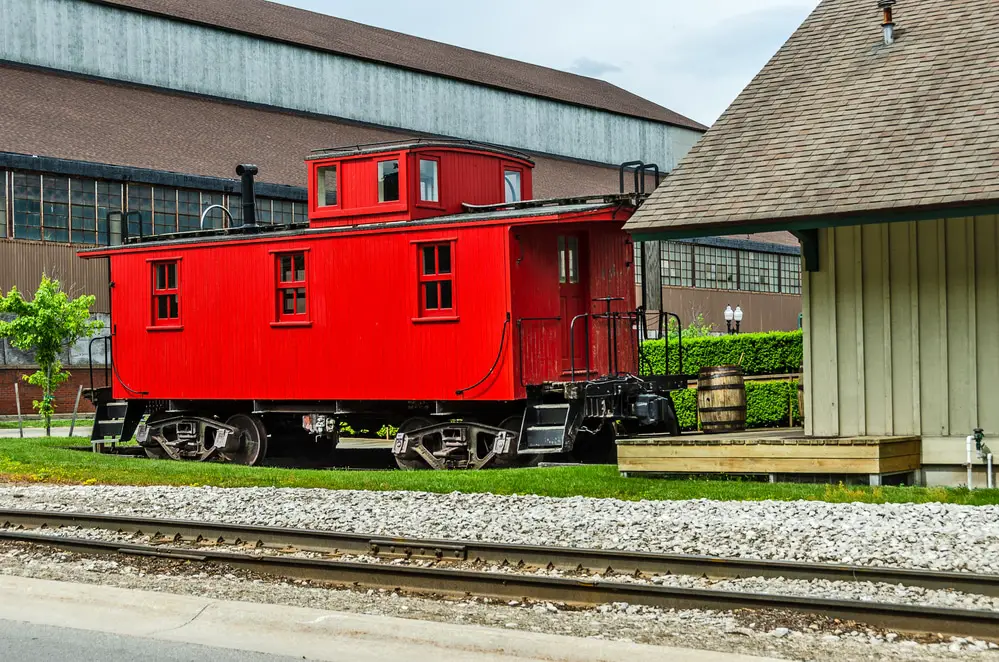
What Actually is an End Train Device (EOT)?
As mentioned earlier, the end of train device (EOT) performs nearly all of the tasks that a caboose can do.
Aside from detecting any hot axles because that is done by a defect detector positioned at the trackside of a train.
The end of train device (EOT) was first introduced in 1969 by the Florida East Coast Railroad.
Over a couple of decades, other railroads implemented this technology too.
This was then the caboose rapidly decreased in numbers, which sadly eliminated the need to hire thousands of people for the railroad industry.
By then, many railroads were able to save thousands of dollars and experienced accuracy & efficiency from this technology.
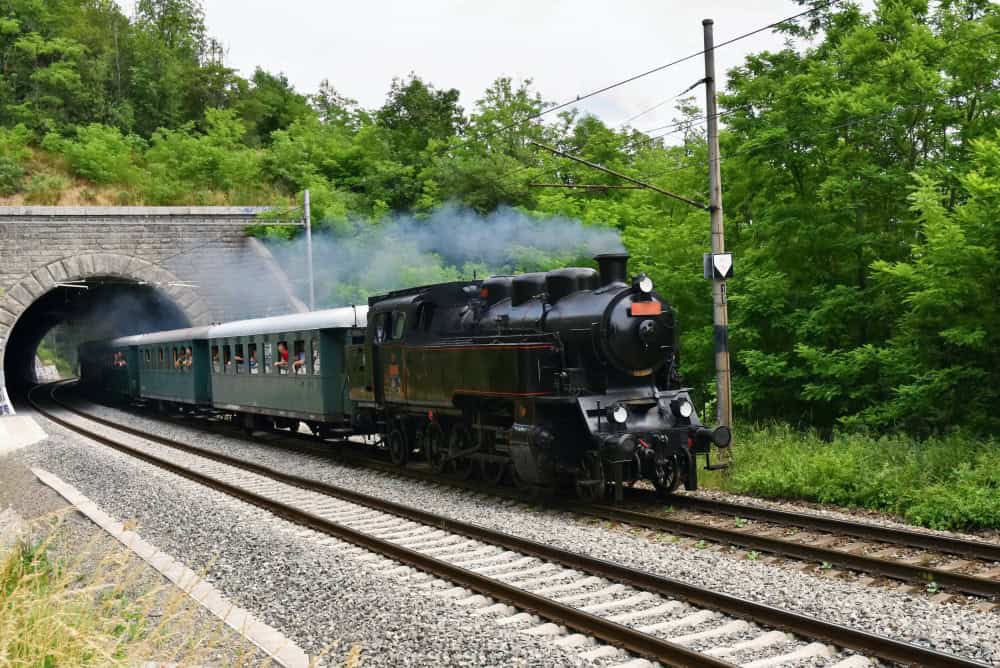
Different Types of End of Train Devices (EOT)
There are two types of end of train devices (EOT). There’s a “Smart” EOT that provides the locomotive crew with the regular status of the train, and the “Dumb” EOT that does not provide status and only acts as a marker or reminder on the rear side train.
“Smart” EOT Devices
The “Smart” EOT device was first manufactured by Pulse Electronics and Union Switch & Signal to monitor the pressure of the brake line and provide status to the crew.
This alerts them whenever a coupler separation occurs while traveling. Once a coupler separation happens, this EOT immediately activates its emergency braking switch that applies the brakes on the rear of the train.
In the locomotive cab, you’ll find the head of the training device (HTD), which allows the engineer to keep track of the status of EOT readings.
The HTD is paired with an assigned frequency that directly communicates to the telemetry radio waves.
New locomotives are built with an HTD screen readout that is connected to the locomotive’s computer. Because of its efficiency, older locomotives are redesigned with this device.
Thanks to technological advancement, EOTs now are significantly lighter in weight which is under 30 pounds. This enables the train crew to easily carry it to its station.
Additionally, many EOTs now have a longer battery life which only requires charging only once a week.
“Dumb” EOT Devices
“Dumb” EOT devices are as simple enough as placing a marker or a blinking marker light on the rear side of the train to warn incoming trains.
This type of EOT device is only used on yard moves and local trains.
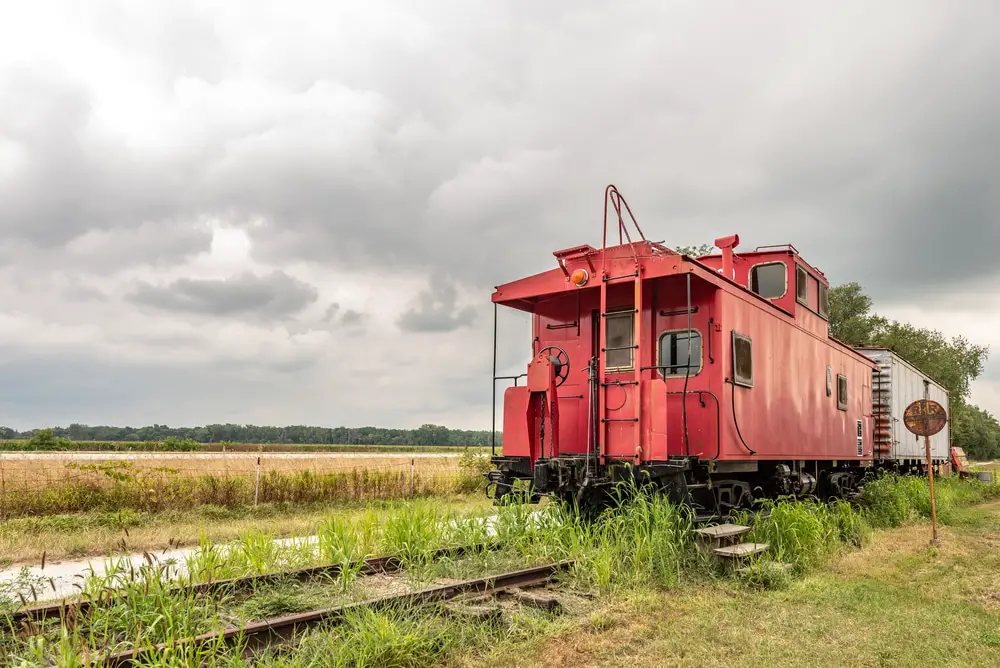
How Much Does a Caboose Cost?
In 1885, a 28-foot CP 136 when built as a CP box cost $838.
However, since bay window cabooses were specially built and designed for the safety and comfort of the crew members, this type of caboose would reach nearly $18,000 each.
This was already steel-framed and had all the electricity features that a conductor would love to have.
Today, many steel-bodied cabooses and boxcars are priced between $2,000 to $4,000. Wooden cabooses are generally cheaper but are more inclined to have many repairs to be done.
How are Cabooses Used Today?
Cabooses today are used on maintenance of way (MOW) trains which include the maintenance, improvement, and construction of rail infrastructure.
This includes ballast, tracks, lineside, and grade infrastructures such as signs and signals.
They are also used as a shoving platform during yard jobs that allows the brakemen to easily access switches.
Not only that, but many homeowners are now using cabooses as their backyard studio for personal work.
However, the best way to experience an old caboose is to head to a railroad-themed restaurant near you.
Conclusion – Why Don’t Trains Have Cabooses Anymore?
Cabooses are not used on trains because of technological advancement; this is really why trains don’t have cabooses anymore.
The end of train device (EOT) has completely replaced cabooses because it has the same function, but it is more accurate and cost-effective.
Happy Travelling.
